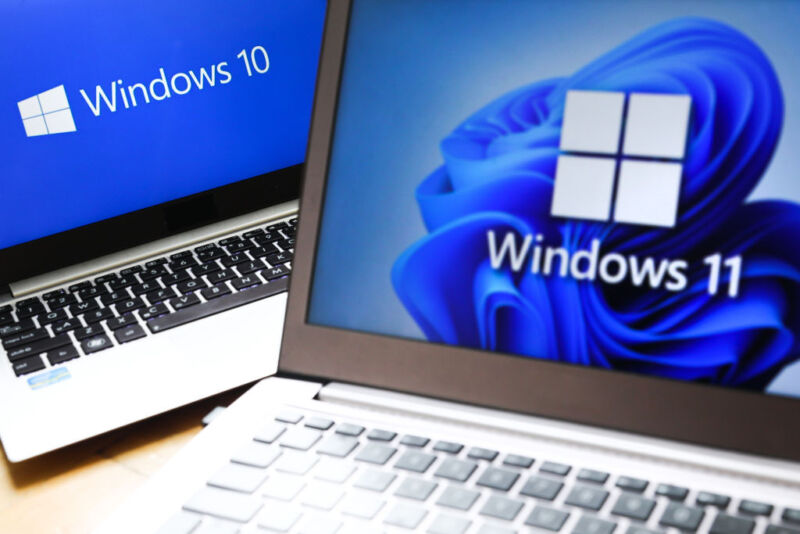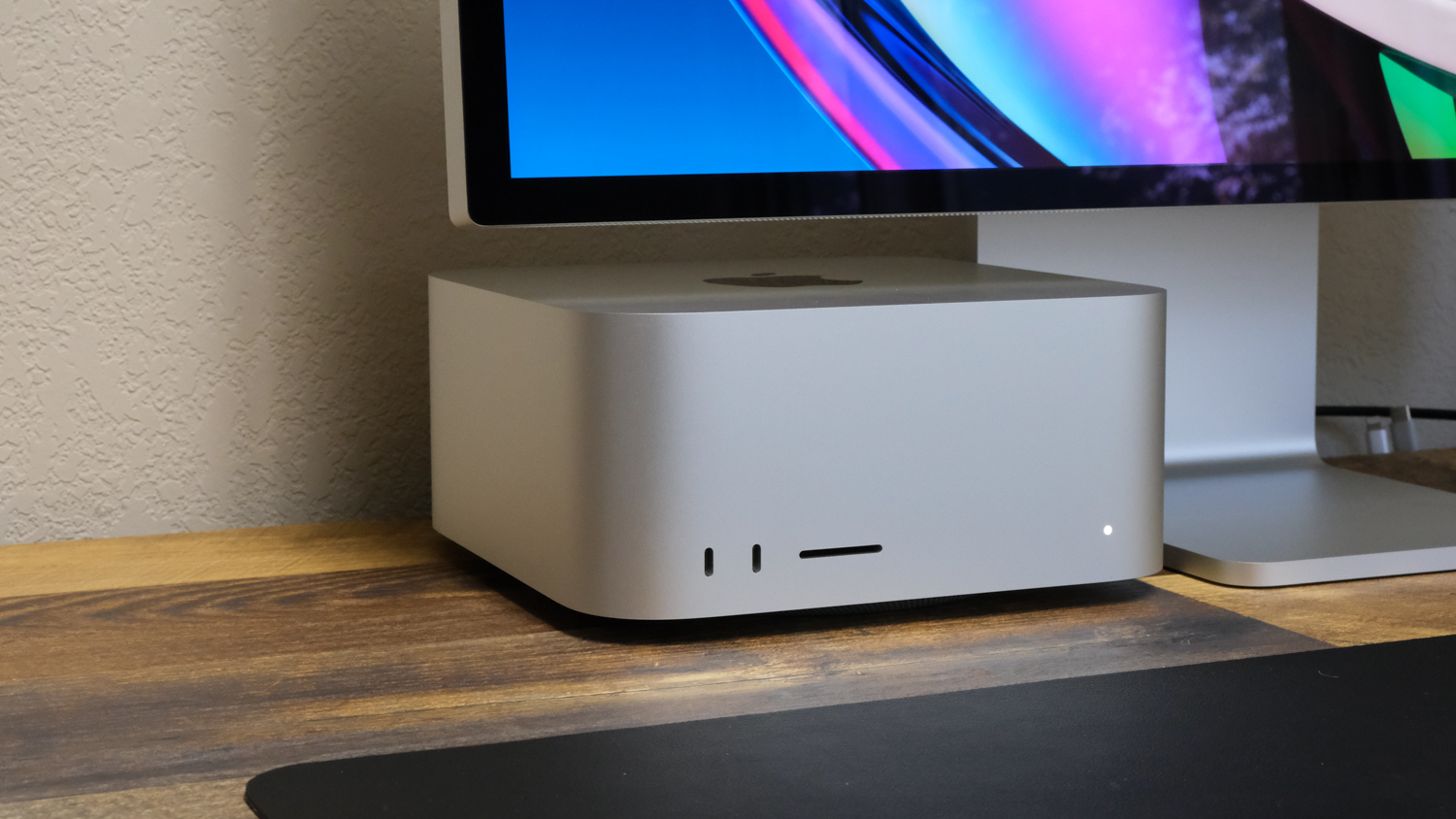How a Microsoft blunder opened millions of PCs to potent malware attacks

Getty Pictures
For virtually two yrs, Microsoft officials botched a essential Home windows protection, an unexplained lapse that still left consumers open up to a malware an infection technique that has been specially helpful in current months.
Microsoft officers have steadfastly asserted that Windows Update will instantly incorporate new software package motorists to a blocklist built to thwart a very well-known trick in the malware an infection playbook. The malware technique—known as BYOVD, short for “deliver your personal susceptible driver”—makes it effortless for an attacker with administrative handle to bypass Home windows kernel protections. Instead than producing an exploit from scratch, the attacker simply installs any a person of dozens of 3rd-social gathering motorists with regarded vulnerabilities. Then the attacker exploits individuals vulnerabilities to obtain fast entry to some of the most fortified regions of Windows.
It turns out, having said that, that Windows was not adequately downloading and applying updates to the driver blocklist, leaving users susceptible to new BYOVD assaults.
As attacks surge, Microsoft countermeasures languish
Drivers normally permit pcs to function with printers, cameras, or other peripheral devices—or to do other matters these as provide analytics about the functioning of computer components. For many drivers to do the job, they have to have a immediate pipeline into the kernel, the main of an working system where by the most delicate code resides. For this purpose, Microsoft greatly fortifies the kernel and calls for all motorists to be digitally signed with a certificate that verifies they have been inspected and appear from a dependable resource.
Even then, having said that, legitimate motorists from time to time consist of memory corruption vulnerabilities or other major flaws that, when exploited, let hackers to funnel their malicious code directly into the kernel. Even right after a developer patches the vulnerability, the outdated, buggy motorists remain excellent candidates for BYOVD assaults mainly because they’re by now signed. By introducing this kind of driver to the execution flow of a malware attack, hackers can help you save months of improvement and screening time.
BYOVD has been a reality of existence for at minimum a ten years. Malware dubbed “Slingshot” utilized BYOVD due to the fact at the very least 2012, and other early entrants to the BYOVD scene bundled LoJax, InvisiMole, and RobbinHood.
Above the past few of yrs, we have seen a rash of new BYOVD attacks. 1 such attack late very last 12 months was carried out by the North Korean government-backed Lazarus team. It used a decommissioned Dell driver with a high-severity vulnerability to concentrate on an worker of an aerospace business in the Netherlands and a political journalist in Belgium.
In a different BYOVD assault a few months in the past, cybercriminals mounted the BlackByte ransomware by installing and then exploiting a buggy driver for Micro-Star’s MSI AfterBurner 4.6.2.15658, a commonly utilised graphics card overclocking utility.
In July, a ransomware threat group installed the driver mhyprot2.sys—a deprecated anti-cheat driver employed by the wildly well known recreation Genshin Impact—throughout specific attacks that went on to exploit a code execution vulnerability in the driver to burrow additional into Windows.
A month before, criminals spreading the AvosLocker ransomware furthermore abused the susceptible Avast anti-rootkit driver aswarpot.sys to bypass virus scanning.
Overall website posts have been devoted to enumerating the rising cases of BYOVD assaults, with this article from security company Eclypsium and this one particular from ESET among the most notable.
Microsoft is acutely conscious of the BYOVD risk and has been functioning on defenses to cease these attacks, mostly by generating mechanisms to cease Windows from loading signed-but-vulnerable drivers. The most frequent system for driver blocking takes advantage of a combination of what is identified as memory integrity and HVCI, shorter for Hypervisor-Guarded Code Integrity. A individual mechanism for blocking bad drivers from becoming composed to disk is known as ASR, or Attack Floor Reduction.
Sadly, neither strategy would seem to have worked as well as supposed.






